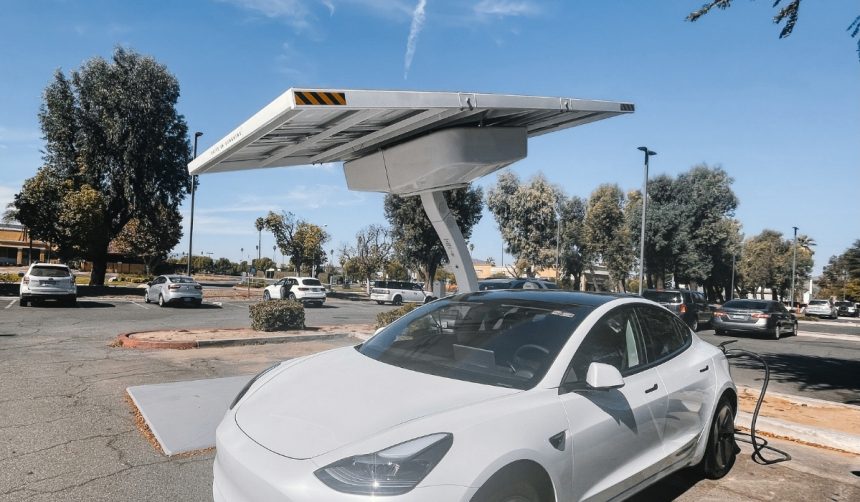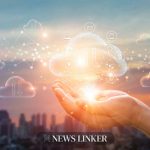Tesla‘s latest Full Self-Driving (FSD) version 14 is drawing significant attention from owners, who are sharing their experiences and insights on social media and forums. The new release includes key advancements, particularly with how FSD handles complex driving situations like parking garages and arrival parking options. Early reports show drivers are actively testing these improvements in various settings, including urban environments and private driveways, while continuing to scrutinize the system’s performance. As feedback accumulates, Tesla appears positioned to use these insights for additional refinements in future updates. Tesla’s ongoing direct engagement with its user community continues to play a critical role in the real-world development of FSD capabilities.
Tesla has frequently released updates to its FSD software, each aiming to address previous challenges like urban navigation and edge-case scenarios. Earlier versions often required human intervention in parking garages or when selecting specific parking options, leading to calls from drivers for more seamless automation. With the arrival of FSD v14, the discussion has shifted towards evaluating how these persistent issues have been addressed. Some users noted cautious optimism before the release, referencing mixed experiences with past software iterations. The latest update seems to reflect a greater emphasis on user-requested improvements while still falling short of fully autonomous operation in every context.
What Advancements Come With FSD v14?
Owners report that FSD v14 delivers noticeable improvements in areas such as parking garage navigation and precise parking maneuvers. The software now enables vehicles to stop for tickets at entry points, locate and occupy parking spaces, and execute smooth lane adjustments within confined areas. These enhancements appear to reduce the need for manual corrections compared to previous software versions, especially in multilevel parking facilities. As part of these changes, Tesla vehicles exhibit more intuitive movements, such as shifting for ticket access or centering in tight garages, which refines the overall driving experience.
How Have Parking Options Expanded?
Tesla’s FSD v14.1 introduces the ability for drivers to specify their desired parking location upon arrival, whether it’s a lot, street, driveway, parking garage, or curbside. Users are now able to interact with the platform by selecting these preferences directly. This feature aims to provide greater convenience and effectively address a longstanding driver request for more tailored parking outcomes. Reflecting on these changes, a Tesla spokesperson stated,
“We have added Arrival Options for you to select where FSD should park.”
Early adopters are indicating positive results, including the capability to park in previously unsupported environments like gravel driveways or home garages.
Can Owners Expect Ongoing Updates and New Features?
Tesla has outlined intentions to continue refining the FSD suite based on user experiences and performance data collected from this rollout. A company representative commented,
“Feedback on FSD v14 will be tracked closely in the coming weeks to ensure continued progress.”
The company’s iterative approach means forthcoming updates may further enhance navigation and other functionalities that did not make the initial cut. Many users, as evidenced by online posts and shared video demonstrations, remain actively engaged in reporting FSD’s capabilities and limitations.
The introduction of FSD v14 reinforces the dynamic relationship between Tesla and its customer base, with improvements shaped by real-world use and user input. While the enhanced parking features represent a welcome development, drivers continue to monitor safety, reliability, and edge cases carefully. Those considering utilizing FSD should remain mindful of its supervised nature and recognize that manual oversight is still necessary according to Tesla’s own guidelines.
As self-driving technology continues to develop, scrutiny over claimed capabilities remains high, and user feedback will likely dictate growth trajectories for both software quality and regulatory acceptance. For drivers and industry observers, testing new features like those in FSD v14 underscores the importance of transparent communication, active data collection, and a realistic view of what current autonomous driving systems can deliver in practical terms. Those planning to use or invest in such technology should regularly check for updates, be alert to shifts in performance, and contribute responsibly to feedback channels to help drive safer, more reliable automation.










